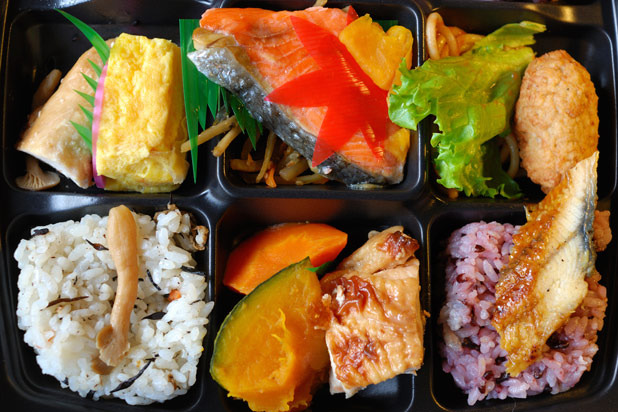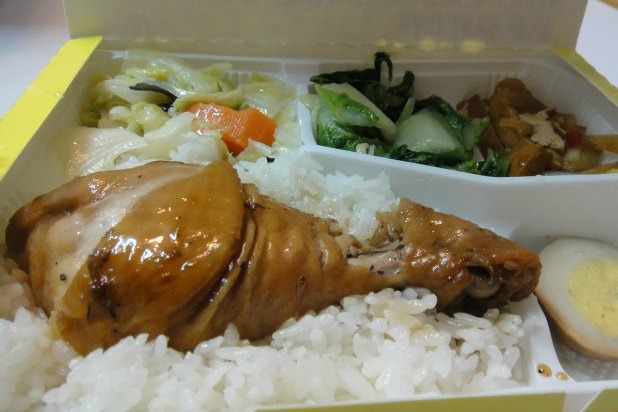Lunch Boxes Around The World Slideshow
While bento box lunches are often seen on menus at Japanese restaurants worldwide, traditional bento boxes () are served in disposable, compartmentalized boxes or in plastic or lacquer square or rectangular containers. Some are wrapped in cloth, which acts not only as a bag but also as a placemat. While Japanese restaurants in the U.S. have bento lunches that can include white rice, teriyaki meat, and sushi, or tempura, vegetables, a California roll, soup, and salad served in a compartmentalized tray, traditional bento boxes served at restaurants and train stations in Japan are simple, small lunches featuring white rice, meat or fish like broiled salmon, and one or more pickled vegetables.
Bento boxes are also often prepared at home, and making one's own bento is a high art in Japan. Some bento boxes have stackable compartments and feature cartoon characters like Hello Kitty. Elaborately made bento boxes, in which the food is arranged to look like Japanese cartoon characters, are known as kyaraben, and many parents in Japan spend hours creating edible art for their children or themselves to enjoy at lunchtime.
Tiffin (India)
Dating back to the days of British colonialism, tiffins are homemade lunches placed in stackable, cylindrical aluminum containers fastened with a handle. Tiffins are most popular in Mumbai and are often eaten by workers and schoolchildren. Most tiffin lunches are made at home and then delivered to workplaces and schools by dabba-wallahs, messengers who travel by train and bicycle to deliver the meals. Some catering companies also sell commercially prepared tiffin lunches. Each metal tiffin has a set of numbers and colors painted on it to denote its destination. The elaborate delivery system is so accurate that rarely does one of the hundreds of thousands of tiffins that traverse Mumbai's streets go missing or arrive late.
Tiffins contain Indian meals like rotis, chapatis, dosas, and curries, along with rice, dhal, and other traditional treats. Once the lunches are eaten, the used tiffins are picked up and delivered back home.
Baon (Philippines)
Baon are homemade lunches packed in containers that look similar to Tupperware and are traditionally eaten by schoolchildren in the Philippines. Baon may contain a variety of traditional hot meals, like pork adobo and boiled rice with buttered or boiled vegetables, fried fish, beef tapa (dried or cured beef), meat omelette, dried longganisa (sausage) accompanied with atsara (pickled unripe papaya), sautéed abitsuelas (a type of green beans), or Western-style sandwiches like tuna salad or egg salad.
Dosirak (Korea)
Dosirak () are packed lunches served in plastic or wooden containers with or without compartments. Though dosirak are usually homemade, some restaurants serve them, appealing to those feeling nostalgic for their youth. Dosirak contain hot or cold meals like meat, vegetables, rice, and other side items like gochujang (a fermented, red chile condiment), dried seaweed, and egg, which are crammed together and sometimes shaken prior to eating to equally distribute the contents.
Bian Dang (Taiwan and China)
Millions of Chinese eat bian dang (), called he fan ( ) in China, which are based on the Japanese bento box. Served in a small, rectangular cardboard box with an attached fold-over lid and fastened with a rubber band, the inexpensive meals of white rice or noodles, meat (typically pork, chicken, or fish), and one to three stir-fried or steamed vegetables like tofu, cabbage, and bamboo, are eaten by workers, schoolchildren, and travelers on trains and buses.
Some bian dang have four compartments — one for the rice and meat and three small squares for the vegetables. Bian dang are either pre-packed at restaurants and street stalls and delivered by bicycle or motor scooter to offices and schools, or are self-made at buffets where patrons can fill up the boxes with unlimited meats, vegetables, and side dishes and pay by weight. Often bian dang is served with a complimentary side of clear soup.
